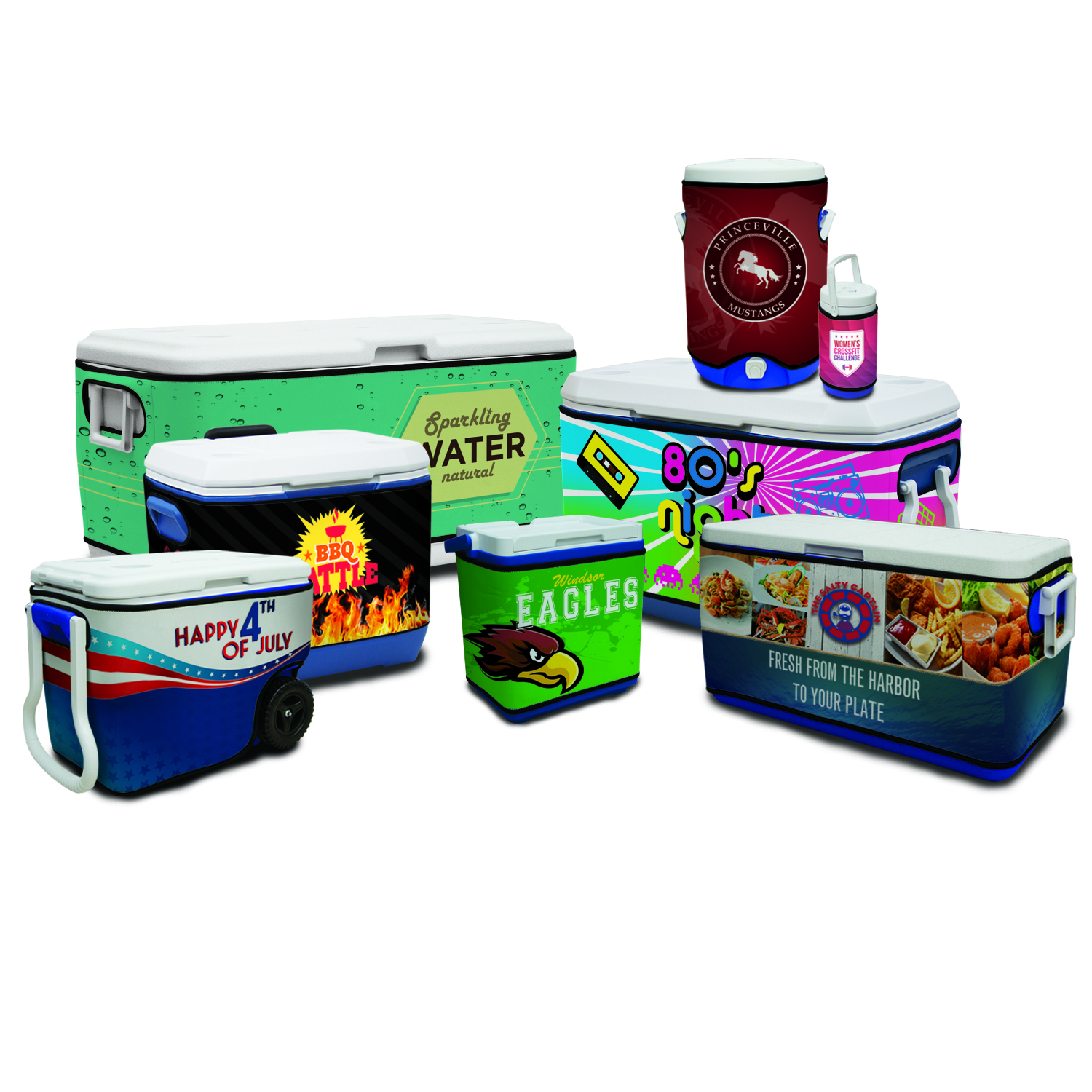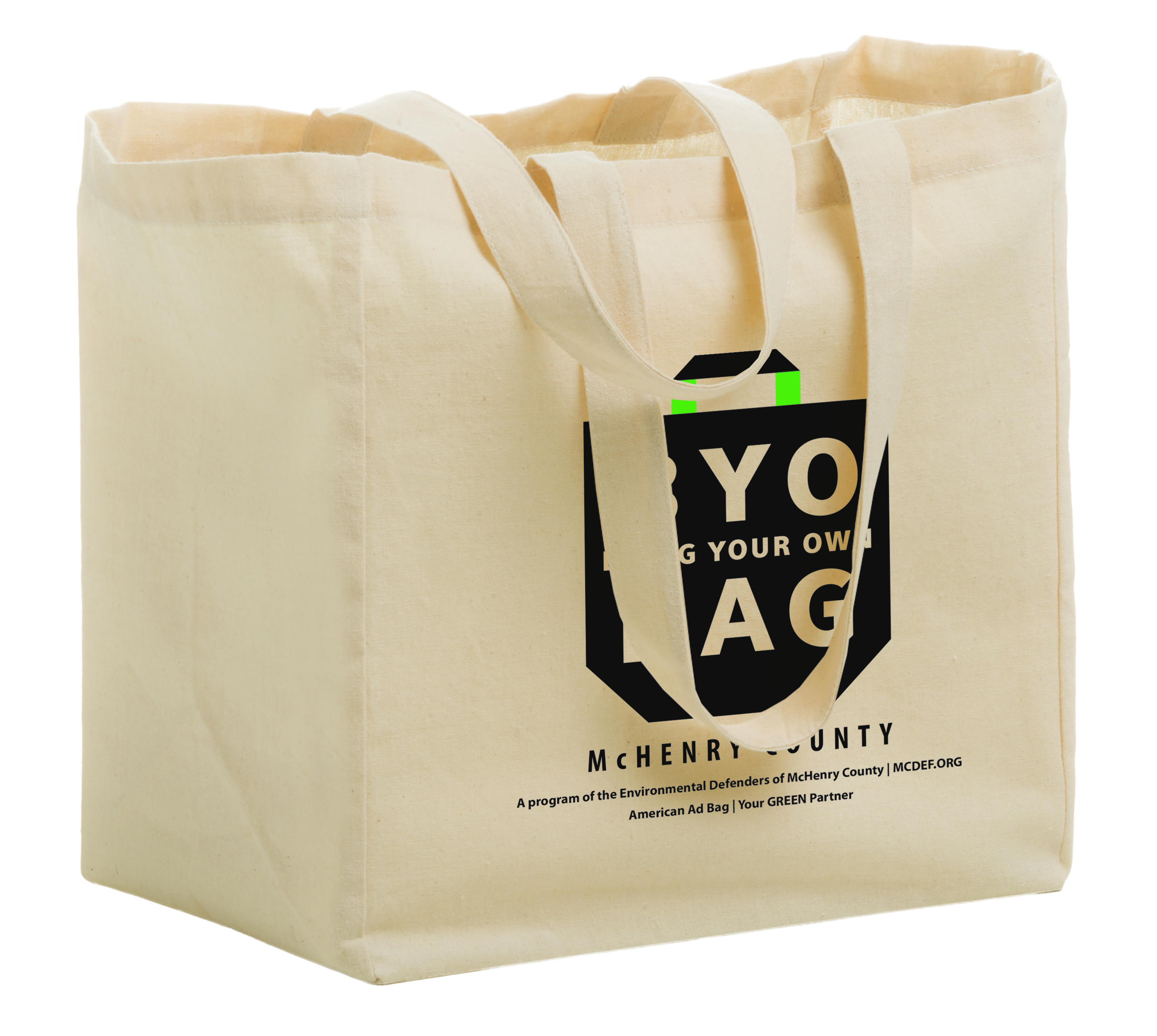
You went to the grocery store with a list of exactly what you needed and you stuck to it. That is until you got to the checkout line and the cardboard display for the chocolate bars beckoned you like a moth to a flame. That’s called an impulse buy, or a point-of-purchase promotion, and it’s a genius way for companies to market their products when customers least expect it.
There are other ways for retail outlets to promote their businesses. We spoke to Carrie Sabo, Midwest sales manager for American Ad Bag, Woodstock, Ill.; and Darryl Holleman, vice president of accounts for Sign-Zone Inc., Brooklyn Center, Minn., parent company of Showdown Displays, about what distributors can do to give their retail customers irresistible products.
Make It Look Good
This shouldn’t come as much of a surprise: Customers are attracted to promotional items that look good. So whether the item is a tote bag, signage or a display, Sabo said that the look is key.
“It’s all about packaging and presentation,” she said. “Customers want to have the best experience and this extends to the overall look of their purchases.”
Know the Purpose
You wouldn’t give out electronic devices for a pool party. In that same vein, giving an A-frame sidewalk sign might be good for a downtown retail store, but not for a business on the side of a traffic-heavy street. Distributors know that customers want products that not only look good, but fit their needs and will give them the most bang for their bucks.
Holleman recommended that distributors make sure they know what their prospective customers are looking for in a promotion. Will it go outside or inside? Will it be long term or short term? This will make a big difference when providing them with the right products for their needs.
“Understanding what the retailer’s objective is, as to whether it’s going to be a short-term or long-term promotion, or how much the elements could potentially impact the products they’re using, are certainly good questions for distributors to ask their customers,” Holleman said. “With the answers to those questions in mind, the distributor should be able to guide the retail customer to the right product.”
Know the Rules
As we saw in the news recently, some states and cities have passed legislation to ban single-use plastic bags. This is something worth keeping in mind, as some retailers may want to look toward using other materials, such as cotton. Some laws allow for plastic bags if they are a certain thickness, as well. Sabo said that these legislations haven’t made too much of a splash in her business or the industry so far.
“While there are several cities that have banned single-use plastic bags, all of our bags exceed the thickness as described in the bag ban laws,” she said.
Sabo added that even though some plastic bags are within the law’s guidelines, providing bags made of other materials can be a good way to promote eco-friendly habits and even allow for longer brand exposure.
She specifically mentioned American Ad Bag’s products made of post-consumer materials.
“This type of bag is kept and used [for an] average of six months,” she said. “This is a fantastic ROI for retail customers, and it’s the next-best thing to word-of-mouth advertising. Also, cotton bags are [making a resurgence.] […] We have many retailers that print a special on the outside of the bag that encourages consumers to bring the bag back on their next shopping excursion.”
Look for Change
With the boom of the Internet age, the definition of a retail outlet is changing. Not every client may be a shop in town with a physical location. Because of this, distributors should pay attention to other ways clients can build their brands’ awareness with different products.
Holleman recommended items like inflatables and tents.
“We’re starting to see major growth in [large, outdoor items,]” he said. “I think people are starting to understand the variety of branding opportunities that they can utilize. So I think both retailers and distributors are starting to think outside the box. [We’re seeing more] inflatable products, [like an] inflatable arch used for an experiential marketing event, and sales signs—which some people refer to as flutter flags.”
While distributors certainly can look toward big items, Sabo recommended looking at the little things as well.
“Custom-printed tissue paper and ribbon add that little something extra that end-users appreciate and remember,” she said. “These aren’t new items in the industry, but I think they tend to get overlooked.”





